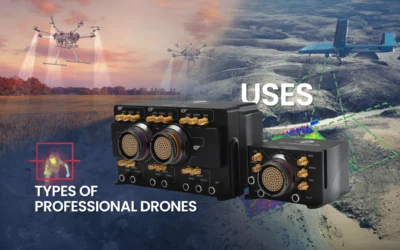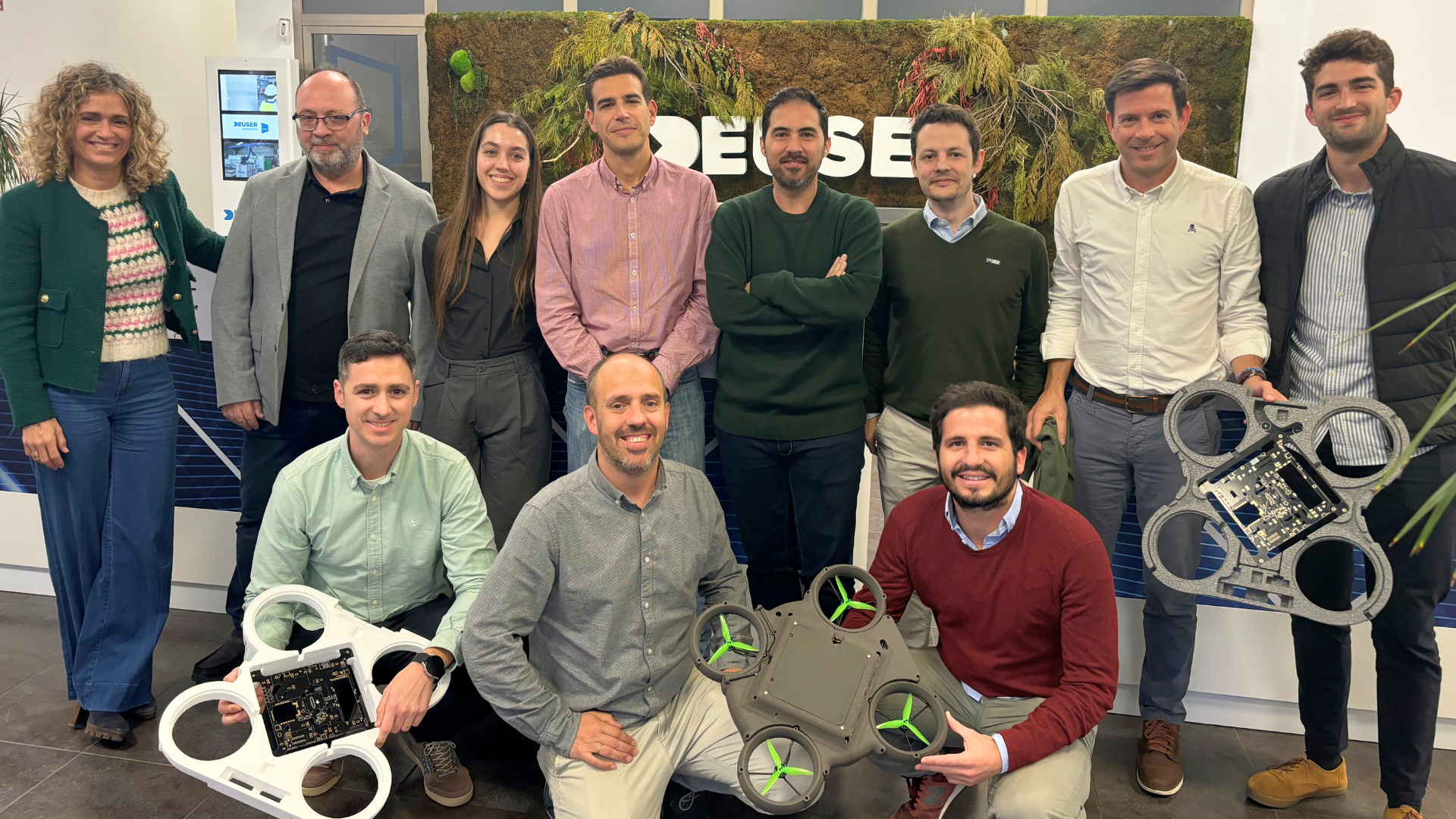AIR TAXIS, SOON A REALITY THANKS TO EASA
With a booming industry of companies developing and investing in electric take-off and landing (eVTOL) aircraft, the concept of flying taxis is fast becoming a reality rather than a concept relegated to science fiction. However, what can a traveller expect when taxis start flying?
Test flights of eVTOL aircraft are currently underway and, although estimates of commercial deployment vary, it is likely that we will see flying taxis in the next few years. One market research company has estimated that by 2040 there will be 430,000 air taxis in our skies. It is therefore necessary to establish “rules of the air” for the safe operation of air taxis.
Recently EASA (the European Aviation Safety Agency) made history by publishing a regulatory framework for the operation of air taxis in cities, the first comprehensive proposal worldwide.
The proposal covers essential aspects such as crew and operator licensing, airworthiness and maintenance, and air operations rules. The proposed new regulatory framework is open for public consultation until 30 September 2022 and covers the technical domains of airworthiness, air operations, flight crew licensing and rules of the air.
EASA introduces the following concepts in order to standardise communication on the subject at EU level, and to be used for the development of future requirements (regulations and standards):
Innovative Air Services (IAS): the set of operations and/or services that benefit citizens and the aviation market, and that are enabled by new airborne technologies; operations and/or services include both passenger and/or cargo transport and air operations (e.g. surveillance, inspections, mapping, telecommunication networks, etc.).
Innovative Air Mobility (IAM): safe, secure, and sustainable air mobility of passengers and cargo enabled by new generation technologies integrated into a multimodal transport system.
Urban Air Mobility (UAM): the subset of IAM operations conducted into, within or out of urban environments.
VTOL-capable aircraft: a mechanically propelled, heavier-than-air, mechanically powered aircraft, other than an aeroplane or gyroplane, capable of vertical take-offs and landings by means of lift or thrust units used to provide lift during take-off and landing.
Patrick Ky, executive director of EASA commented: “With this, EASA becomes the first aviation regulator in the world to publish a comprehensive regulatory framework for VTOL-capable aircraft operations, which will provide air taxi and similar services, and the publication reinforces the leadership EASA has shown in this area of innovation. At the same time, we have done our utmost to address the general concerns of society and the expectations of EU citizens with regard to safety, privacy, environment, and noise”.
The objective is to foster the development of a new ecosystem for urban air mobility (UAM), to pursue the safe integration of certified and VTOL-capable UAS aircraft operations in the EU, and to enable UAS operators to operate safely.
With these proposals EASA applies a step-by-step approach that is closely aligned with current developments in the aviation industry. As such, certain future developments (e.g. eVTOL aircraft without human pilot on board) are not yet covered in this proposal. They will be addressed by EASA with separate proposals when necessary and in line with technological progress.
In recent years, Embention has rapidly climbed the ranks of the leading high-tech companies in the UAV and UAM sector, achieving achievements along the way that were initially difficult to imagine. At embention, a leading company in the autonomous control of eVTOLs, we comply with the aeronautical regulations DO-178C and DO-254, we also have the DAL-B level of compliance and we are working towards the DAL-A level. The company is also in the process of obtaining POA (Production Organisation Approval) accreditation with the Spanish Aviation Safety Agency (AESA). In this way, our equipment can be delivered a certification (EASA-Form 1) that certifies that the equipment has been developed and produced under an aeronautical standard, significantly reducing the effort required for the certification of eVTOL and UAV.















